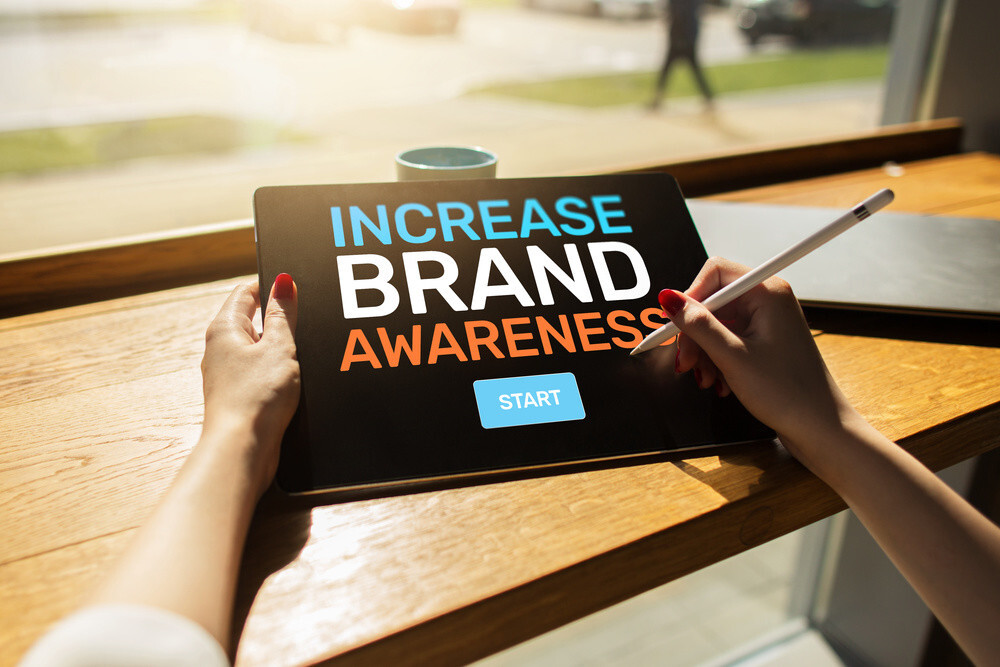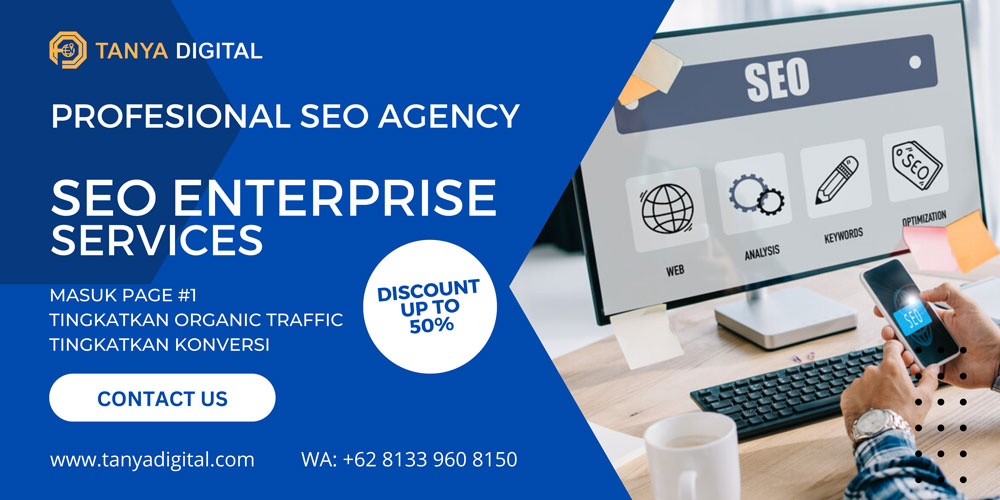What is Brand awareness represents how familiar your target audience is with your brand and how well they recognize it. Brands with high brand awareness are usually referred to as “trending,” “buzzworthy,” or simply “popular.” Building brand awareness is invaluable when marketing and promoting your company and products, especially in the early stages of business.

Brand awareness may seem like a vague concept, and it is. For the marketers and business owners out there who like to measure success by numbers, brand awareness is likely to be very difficult for you to measure.
However, just because it is not a perfectly definable metric doesn’t mean it has no value. Brand awareness is critical to business success and overall marketing goals. This is the reason.
Brand awareness fosters trust
In a world where consumers rely on extensive research and other people’s opinions before making a purchase, trust in a brand is everything. Once consumers bond with your brand, they are more likely to make repeat purchases with little or no prior thought which will then bridge the gap between trust and loyalty.
Brand awareness builds brand trust. When you place a slogan or saying in your brand name, consumers can believe it more easily. Brand awareness efforts give your brand a personality and outlet, receive feedback, and tell a story. These are all ways we, as humans, build trust in one another. The human / brand relationship is not that different.
Brand awareness creates associations
It associates actions and products with specific brands, subconsciously prompting us to replace common words with branded terms. And before you know it, a simple paper cut or picnic has done the marketing for us.
Brand awareness builds brand equity.
Brand equity describes brand value, which is determined by the consumer’s experience with and the overall brand perception. Positive experiences and perceptions equal positive brand equity, and the same is true for negative ideas.
Here are some of the valuable things that come from positive brand equity:
The price is higher because of the higher perceived value
Higher share price
Ability to grow a business through product or service line extensions
Greater social impact due to brand name value
How does a brand build (and increase) brand equity? By building brand awareness and consistently promoting positive brand experiences. Brand awareness is the foundation of brand equity.
Once consumers become aware of a brand, they begin to recognize it without help, seek it out to make a purchase, start liking it more than other similar brands, and build a loyalty that not only spurs other purchases but also inspires recommendations for family and friends.
That is why brand awareness is so important. Brand awareness can build trust with your customers, create positive associations, and build invaluable brand equity that allows your brand to become a household name and a consumer staple.
How to Build Brand Awareness
Brand awareness among your audience and the general public doesn’t happen overnight. This also doesn’t happen from a simple advertising or marketing campaign.
Strong brand awareness is the result of multiple simultaneous efforts that go beyond gaining paying customers.
If you hope to increase awareness of your brand by running a few product ads on Facebook, you won’t be successful. Consumers will not only focus on the product (not the brand), but advertising will also have less impact than simple sales.
Here are a few ways to build a solid brand awareness foundation and make a lasting impact with your audience:
Be a person, not a company
When you get to know a new friend, what do you want to know about them? I love learning about hobbies, passions, likes and dislikes, and more. I also pay attention to the way they talk, what they want to talk about, and what things they are excited about.
These are traits that your own brand should define and promote. To make an impact on your audience, you must define yourself as more than just a company that sells things. How else are you going to define yourself? What words would you use if you had to introduce your brand to a new friend?
Socialize
Introverted or extroverted, friendly or quiet, all humans benefit from social contact and spending time with one another. It’s how we stay connected, learn new things, and get recognized by others.
The same is true for your brand. If you only try to connect with other people while trying to make a sale or get endorsements, you won’t be recognized as something that goes beyond a single-purpose business (and the same is true for someone).
To increase your brand awareness, you have to be social. Post on social media about things that are not related to your product or service. Interact with your audience by asking questions, commenting on posts, or retweeting or sharing content you like. Treat your social accounts as if you were a person trying to make friends, not a business trying to make money.
Research shows that more than 50% of brand reputation comes from online hospitality. Being social leads to a greater awareness of being known only.
Tell a narrative.
Telling stories is a very powerful marketing tactic, whether you are marketing a product or promoting your brand. Why? Because it provides something tangible for your audience to captivate.
Make a narrative around your brand humanize it and give it depth. And incorporating that narrative into your marketing is inherently marketing your brand alongside your product or service.
What is your narrative about? Anything, as long as it’s true. This could be your founder narrative, a story about how your business had its first product idea, or a small machine story about how your small business did well in the big world.
People love to hear stories about each other. Authenticity has a big impact, and can lead to a huge increase in brand awareness.
Make it easy to share
Whatever your industry, product offering or marketing strategy, make it easy for your audience to share your content. This can be blog posts, sponsored content, videos, social media posts, or product pages. It doesn’t matter what it is, as long as it is shareable.
Word of mouth marketing is the most effective way to build trust and familiarity among customers. If someone sees that a friend or family member recommends a product or service, they will pay attention to the product… and the brand. Is this a brand worth exploring? Do they have any other great products I can rely on? What are their social accounts like, and what are they talking about?
If you make it easy to post your items, consumers will increase brand awareness for you by simply clicking “Share”.
Brand awareness is about impact.
It’s about interacting with your audience in a way that doesn’t just ask for money, participation, or loyalty.
Imagine meeting new people who want to be your friends. If they ask the above, you will probably laugh and leave, right? Not only is the friendship approach superficial, it doesn’t leave a lasting impact on you either.
The same goes for building brand awareness among your audience.
How to Increase Brand Awareness
How about expanding your established brand awareness and building on that strong foundation? What can you do as a brand to drive awareness and continue to improve it?
Here are some campaign ideas to increase your brand awareness:
Offer freemium
Freemium is a business model that offers a basic product or product line for free, charging only for products that are considered premium or enterprise-level. This is a popular pricing strategy for software companies, such as HubSpot and Trello.
Offering freemium options allows customers to get a feel for your brand and products before making a purchase. This is a try-before-you-buy opportunity that can technically last forever (as opposed to the free trial period some companies choose).
It is common to offer freemium options provided that the brand watermark will be displayed on the public facing section of the product or service. This makes freemium a win-win situation: Consumers get products for free, and brands get free advertising when consumers use them.
TypeForm is another great example of this. TypeForm offers a freemium option of survey software, but customers must include a thank you page featuring the TypeForm logo and message.
Depending on the type of business and your product offering, Freemium may be the best way to increase awareness of your brand among your audience.
Create free content
Nowadays, creating content is easier than ever… which is a good thing as consumers today turn to the internet for any and all DIY questions, problems, and projects.
Content is a fun way to increase your brand awareness because it is the easiest way to show personality and share opinions and positioning on an issue – the two main components that personify and humanize your brand.
The content doesn’t have to be in writing either. You can also create videos, infographics, podcasts (which we’ll cover below), and more. Sure, written content like blogs and downloadable guides is arguably the easiest, but it’s definitely not the only option.
The content also doesn’t have to be on your website alone. Guest posting and sponsored content provide opportunities to stand out in front of a new audience and diversify the type of content you create.
If your brand isn’t creating content, you may be missing out on some major brand awareness opportunities. Content provides a great way to authentically connect with your audience while getting your brand name in front of people.
To learn more about content creation, check out our guide here.
Become an Event Sponsor
How many festivals, concerts, bazaars and exhibitions do you attend? This type of event usually cannot be done without the help of a brand sponsor. (Look at the t-shirt, koozie, or strap backpack you might pick up from the event. See the brand name?)
Sponsorship events are a surefire way to get your brand out there in front of hundreds, thousands, or millions of people who are likely to fit into your target audience. From banners to flyers to water bottles, your brand name will be everywhere if you sponsor an event.
Sponsoring an event also allows you to pin your brand name to an event that matches your personality, interests, and passions, which means that consumers will then associate your brand with the event as well as its aesthetic and character.
Give your brand personality
Treating your brand as a person and defining your narrative are the first steps to giving your brand personality. The next step is to incorporate this personality into your marketing efforts.
When you market products and services with personality, you can’t help but increase your brand awareness because your brand will continue to shine. Sure, your consumers will pay attention to the pants or pasta you market, but they’ll also feel your personality through your advertisements.
How to Measure Brand Awareness
How do you know if your brand awareness efforts are working? How do you know if you need to change course, lead the competition, or fix a crisis? Just like any other marketing metric, you measure it.
Brand awareness cannot be measured in a traditional sense. However, you can still review the activities and metrics that will help you gauge your brand’s position in terms of popularity and consumer awareness.
Here are a few ways to measure your brand awareness and learn where you can adjust your efforts:
Quantitative Brand Awareness Measurement
These numbers can help you paint the overall picture of your brand awareness. To measure quantitatively, look at the following metrics:
Direct Traffic. First, direct traffic is the result of people accidentally typing your URL and visiting your website. Your direct traffic number will tell you how much your marketing is driving people to visit your website. This is an important metric, as many consumers today discover brands through social media, advertising, or by typing in keywords related to your brand or product. When consumers go straight to your site, it means they already know your brand beforehand.
How much Traffic. This figure simply reflects overall site traffic, which will tell you how much of the general internet population is checking out your content and spending time with your brand. It won’t tell you where people come from, but it doesn’t matter, because they know your brand enough to check it out.
Social engagement. Engagement can refer to followers, likes, retweets, comments and more. This is a reflection of how many people are aware of your brand and socialize with it, as well as how much influence your content has. For example, a site like Sparktoro can give you a certain score for your Twitter influence.
Qualitative Brand Awareness Measures
This step is when your brand awareness “score” gets a little less than great. But these tactics can still help you gauge who and how many people know your brand. To measure qualitatively, try:
Search Google and set up Google Alerts. By doing this, you can find out how your brand is talked about online. This will inform you of any news or mentions by the third party press. As your brand grows, its internet real estate will expand beyond your website, so pay attention to that.
Social listening. Social listening monitor social media management tools for organic mentions and engagement. Who tagged your brand, mentioned it in the comments, or used your hashtag in their posts? These tools can help you find it. And the more your audience discusses your brand on social media, the more they will notice.
Run a brand awareness survey. This process involves getting immediate feedback from your customers and audience and can be of great help with not only understanding who knows your brand but what they think about it. You can release a survey via SurveyMonkey or TypeForm and share it on social media or directly with your customers. This guide will help you create and promote it.
These quantitative and qualitative metrics will help you understand your brand awareness among your audience and the general public. This will never be a perfect number, but keeping your pulse on this measurement will help influence your campaign and stay connected to your audience. Regardless of how you measure brand awareness for your company, avoid these common mistakes when measuring brand awareness





